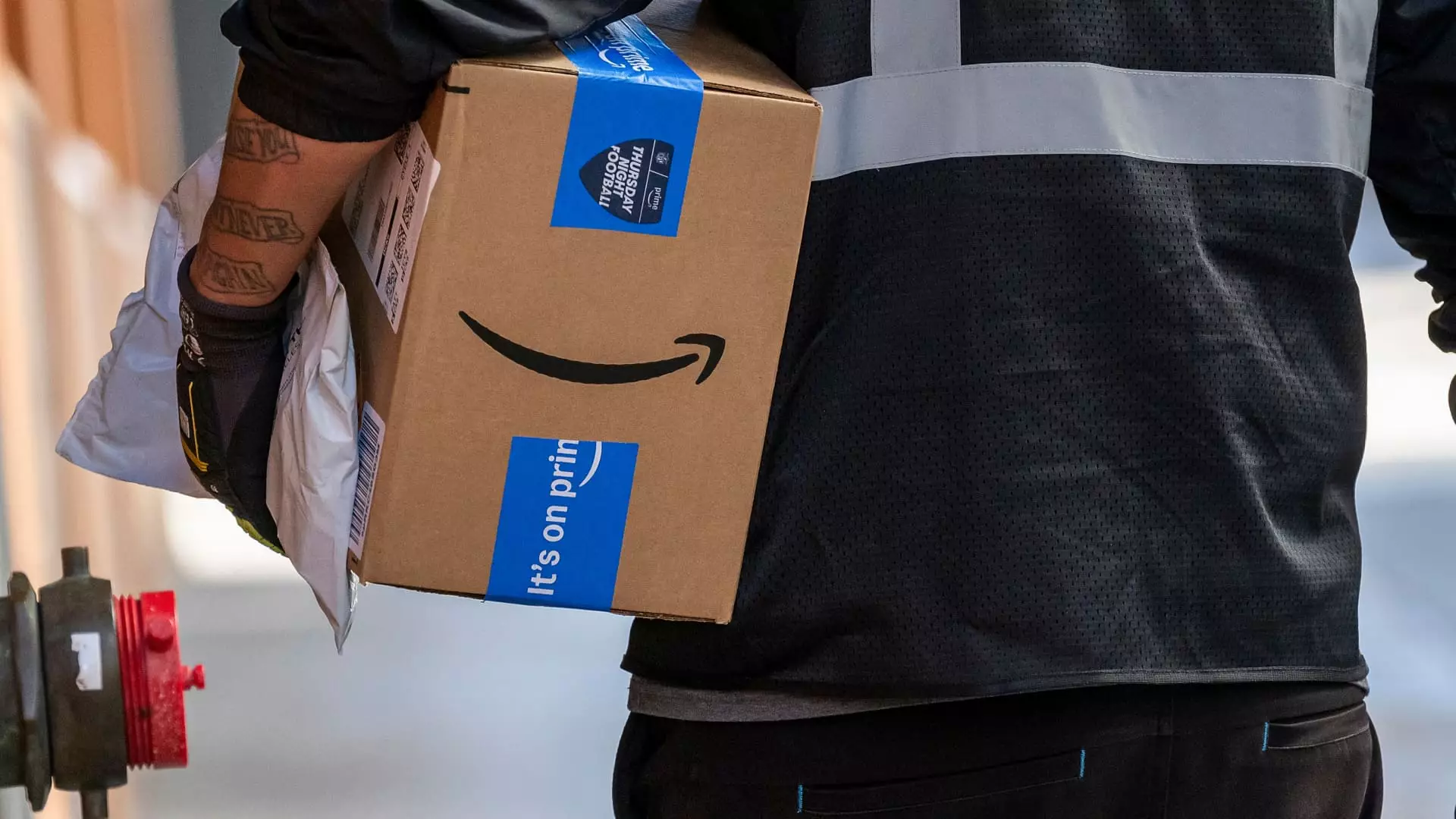In a strategic move to reshape the healthcare landscape, Amazon has unveiled fixed pricing for treatments addressing common health concerns, specifically targeting Prime members. This development marks another step for the retail giant as it seeks to carve out a substantial share of the healthcare market, competing directly with established direct-to-consumer services like Hims & Hers Health and Ro. On the day of the announcement, Hims & Hers witnessed a significant drop in share prices, plummeting by 17%, suggesting market trepidation in response to Amazon’s aggressive foray into telehealth.
Amazon’s recent initiative focuses on transparency in the pricing structure of telehealth services. By offering clear costs associated with five specific conditions—from erectile dysfunction priced at $19 a month to motion sickness treatments costing $2 per use—Amazon is simplifying healthcare access for Prime members. This model not only empowers patients to make informed decisions regarding their treatments but also positions Amazon uniquely against competitors that may lack such clarity.
The integration of Amazon’s savings benefit, Prime Rx, further sweetens the deal. With affordable monthly treatment plans and the efficiency of receiving medications through Amazon Pharmacy, members can conveniently manage their healthcare needs while taking advantage of discounted rates delivered directly to their homes. This model appears to be a modern solution for consumers increasingly seeking cost-effective and accessible healthcare options.
Amazon’s approach doesn’t stop at price restructuring; it taps into the ongoing demand for telehealth services which have surged in recent years. The company offers video consultations for $49 and messaging visits at $29—a notable effort to streamline the consultation process for various common ailments. From sinus infections to pink eye, Amazon aims to address over 30 conditions, providing a robust and varied array of treatment options.
Moreover, Amazon’s acquisition of One Medical for approximately $3.9 billion last July has significantly bolstered its telehealth offerings. Historically, Amazon has trialed several health-related ventures, including a telehealth service named Amazon Care and even health devices, although not all have met success. The consolidation of resources and services under the Amazon umbrella showcases its ambition to integrate healthcare into its existing infrastructure.
Despite facing challenges, including the discontinuation of certain innovative health projects like an at-home fertility tracker, Amazon remains steadfast in its objective to become a key player in the health sector. The seamless integration of e-commerce with healthcare delivery stands as a testament to Amazon’s continuous pursuit to disrupt traditional market paradigms.
As Amazon forges ahead in the healthcare realm, the dual focus on affordability and accessibility appears promising. The overarching question remains whether this ambitious strategy will translate into long-term success and sustainability amidst evolving market dynamics, especially in light of the increasing competition. Ultimately, Amazon’s bold venture into telehealth not only reflects a growing trend but may redefine how healthcare is accessed and delivered in the digital age.

